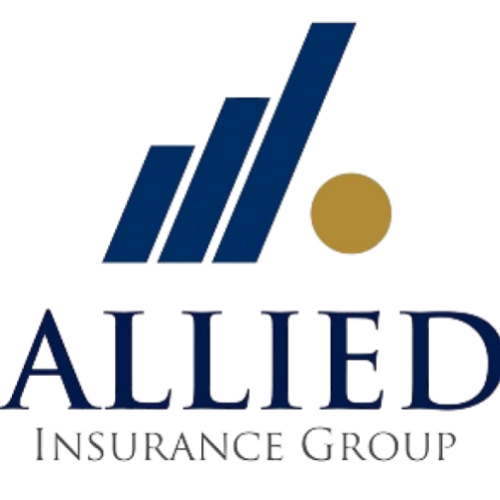FEMA map changes are a hot topic these days, especially if you’re a homeowner in Florida. But what exactly are these changes, and why should you care? These maps, created by the Federal Emergency Management Agency (FEMA), outline flood-prone areas, playing a big role in determining how much you’ll pay for insurance. Every once in a while, FEMA updates these maps based on new data about flood risks. When they make these changes, it can directly impact your insurance costs. Before you know it, you might find yourself asking if you’ll need to adjust your budget to cover new rates.
Homeowners are understandably anxious about fluctuations in these premiums. Being aware of how FEMA’s revisions might affect your wallet can be a bit like trying to understand the weather—it seems complicated, but there’s a simpler way to think about it. The key is understanding the connection between these map updates and the insurance policies tied to homes in flood zones. When FEMA updates a map, homeowners might find their properties have shifted into different flood zones, which can mean a change in insurance costs.
Understanding FEMA Map Changes
FEMA maps, also known as Flood Insurance Rate Maps (FIRMs), help determine which areas are more likely to experience flooding. These maps are crucial because they influence local building codes and, most importantly, the rates you’ll pay for flood insurance. Changes to these maps come about due to factors like improved technology, environmental changes, and new studies about storm patterns that offer better insights into flood risks.
Over time, developments in technology have enabled more accurate predictions of flood-prone areas. Factors such as urban development can also increase flood risks, prompting FEMA to reassess and adjust the designations. Let’s break it down a bit:
– Technology: With advancements in satellite and mapping technologies, FEMA can create detailed simulations of rain and flood events, which offer a better look at how water might spread.
– Environmental Changes: Climate trends, rising sea levels, and changing weather patterns influence flood risks, potentially shifting flood zones.
– Development Patterns: Local development like new roads or housing can alter natural water flow, increasing flooding risks in new areas.
Knowing why these maps change can help homeowners understand the potential implications for their insurance premiums. Keeping an eye on these developments means you won’t be caught off guard. By recognizing the reasons behind map updates, homeowners can prepare accordingly and take proactive steps to safeguard not only their properties but also their wallets.
Impact of FEMA Map Changes on Insurance Costs
Changing flood zones can really shake things up for homeowners. When FEMA reclassifies a property into a different zone, it often means that insurance premiums will shift, too. If a home gets moved into a higher-risk flood zone, insurance costs could rise. That’s because insurers factor in these risks when calculating premiums. On the flip side, if a property is reclassified into a lower-risk zone, homeowners could see their costs drop. This change may seem simple, but the implications for a family’s budget are significant.
For example, imagine a cozy little house in a sunny neighborhood in Florida. Over the years, the area develops more infrastructure, and new studies suggest it’s less prone to flooding. FEMA updates the map, and suddenly, the house moves to a lower-risk zone. This not only means more peace of mind but possibly also lower insurance costs. But don’t get too comfortable, as these map changes can go both ways.
How FL Homeowners Insurance Can Help
Adapting to these new classifications is essential for staying protected and not overpaying. Homeowners should first check the updated FEMA maps to see where their home stands. If you’ve been reclassified, reaching out to a reliable insurance agent familiar with Florida’s unique challenges can provide valuable guidance. An informed agent can help adjust your policy to fit the new risk levels, ensuring you’re neither under-covered nor overpaying.
Homeowners should also embrace the opportunity to review their coverage options. A knowledgeable agent can offer tips on maximizing benefits or exploring discounts for mitigation efforts like installing flood barriers. By staying proactive and informed, homeowners can navigate these changes with fewer financial surprises.
Tips for Homeowners
Planning ahead can make a world of difference. Here are practical steps you can take:
– Review the latest FEMA maps to understand your home’s current flood zone.
– Reach out to an insurance professional to discuss possible policy adjustments if your flood zone has changed.
– Consider flood-proofing measures to enhance your house’s safety and possibly reduce premiums.
– Keep an eye on local developments or environmental changes that might affect flood risks in your area.
These steps not only protect your home but also keep you informed so you can make decisions that are best for your family and budget.
Safeguarding Your Home with Allied Insurance Group
Understanding FEMA map changes is crucial for keeping your home and budget secure. Staying informed about your zone classification and working with the right insurance support can make managing these changes simpler and less stressful. A detailed knowledge of these shifts in flood maps gives homeowners an edge, allowing them to plan strategically for their financial security.
Being aware of the processes and their implications ensures that you’re ahead of the curve. If questions arise or you feel the need for additional guidance, don’t hesitate to talk to an expert who can offer insights and support tailored to your unique situation.
For homeowners in Florida, understanding and adapting to FEMA map updates doesn’t have to be challenging. With insights and guidance, you can make informed decisions that protect your home and your budget. If you’re looking to better manage your flood insurance amid these changes, see how FL homeowners insurance can make the process smoother. Allied Insurance Group is here to assist you with personalized advice and comprehensive coverage designed for changing needs.












 Allied Insurance Group
Allied Insurance Group
